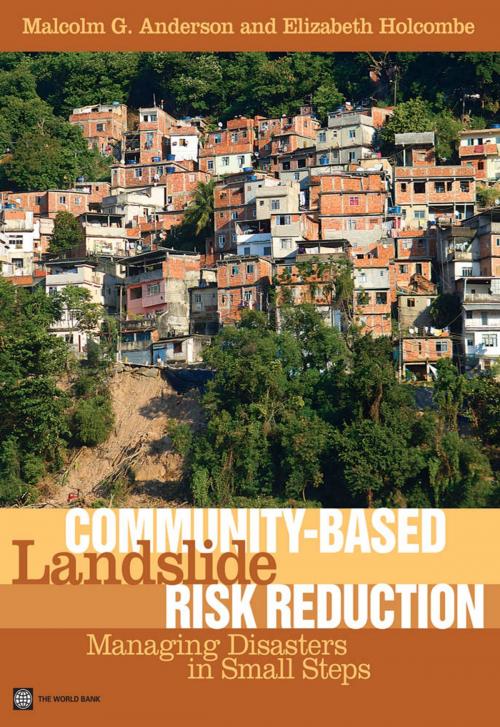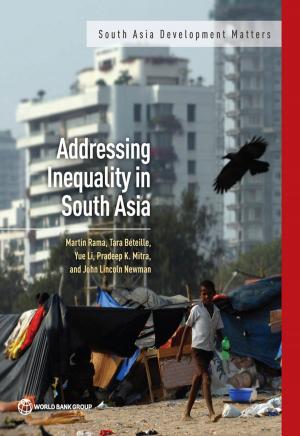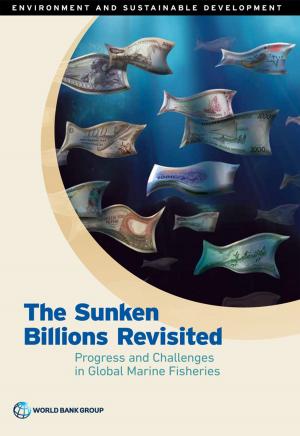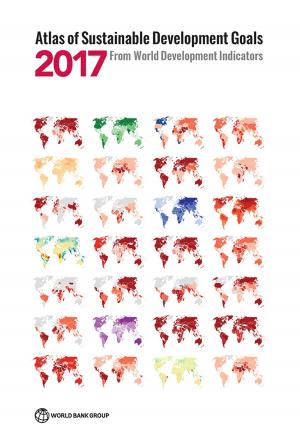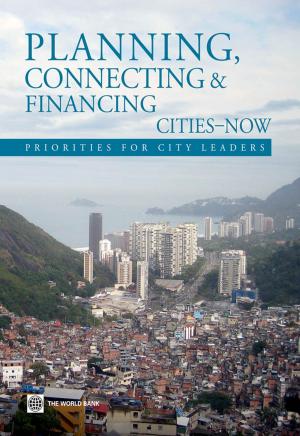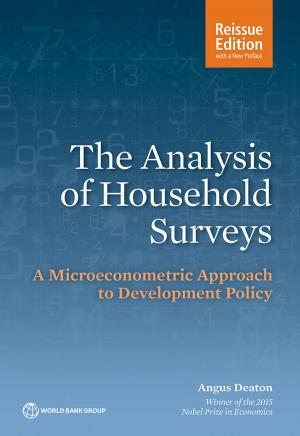Community-Based Landslide Risk Reduction
Managing Disasters in Small Steps
Nonfiction, Science & Nature, Nature, Environment, Natural Disasters, Business & Finance, Economics, Economic Development, Social & Cultural Studies, Social Science| Author: | Malcolm G. Anderson, Elizabeth Holcombe | ISBN: | 9780821394915 |
| Publisher: | World Bank Publications | Publication: | January 22, 2013 |
| Imprint: | Language: | English |
| Author: | Malcolm G. Anderson, Elizabeth Holcombe |
| ISBN: | 9780821394915 |
| Publisher: | World Bank Publications |
| Publication: | January 22, 2013 |
| Imprint: | |
| Language: | English |
Many areas of the world are at risk from landslides and their consequences; rainfall-triggered landslides particularly affect developing countries in the tropics. Rapid urbanization and the associated growth of unauthorized and densely populated communities in hazardous locations, such as steep slopes, are powerful drivers in a cycle of disaster risk accumulation. Frequently, it is the most socioeconomically vulnerable who inhabit landslide-prone slopes—thus increasing their exposure to landslide hazards and often increasing the hazard itself. There is growing recognition that urban landslide disaster risk is increasing in developing countries, and that new approaches to designing and delivering landslide risk reduction measures on-the-ground are urgently needed. Community-based Landslide Risk Reduction: Managing Disasters in Small Steps gives practical guidance to policy makers, project managers, and practitioners on how to work with the most vulnerable urban communities to mitigate landslide disasters. The book aims to establish three foundations for delivering ex-ante landslide risk reduction: • a scientific base: landslide hazard can often be reduced through the construction of strategically aligned networks of surface drains; • a community base: community residents are not just seen as those “at risk,” but as the people with the best practical knowledge of the slopes where they live, and who can actively participate in delivering landslide risk reduction solutions; and, • an evidence base: delivering effective landside risk reduction measures can change ex-ante risk management practices and policies. The authors provide a flexible blueprint for Management of Slope Stability in Communities (“MoSSaiC”) in which policy makers, project managers, practitioners, and communities are engaged in understanding rainfall-triggered landslide hazards, developing local teams for project delivery, prioritizing the most at-risk communities, designing and constructing appropriate slope drainage solutions, and adopting good slope stability management practices. This approach can lead governments to develop new policies for reducing landslide risk.
Many areas of the world are at risk from landslides and their consequences; rainfall-triggered landslides particularly affect developing countries in the tropics. Rapid urbanization and the associated growth of unauthorized and densely populated communities in hazardous locations, such as steep slopes, are powerful drivers in a cycle of disaster risk accumulation. Frequently, it is the most socioeconomically vulnerable who inhabit landslide-prone slopes—thus increasing their exposure to landslide hazards and often increasing the hazard itself. There is growing recognition that urban landslide disaster risk is increasing in developing countries, and that new approaches to designing and delivering landslide risk reduction measures on-the-ground are urgently needed. Community-based Landslide Risk Reduction: Managing Disasters in Small Steps gives practical guidance to policy makers, project managers, and practitioners on how to work with the most vulnerable urban communities to mitigate landslide disasters. The book aims to establish three foundations for delivering ex-ante landslide risk reduction: • a scientific base: landslide hazard can often be reduced through the construction of strategically aligned networks of surface drains; • a community base: community residents are not just seen as those “at risk,” but as the people with the best practical knowledge of the slopes where they live, and who can actively participate in delivering landslide risk reduction solutions; and, • an evidence base: delivering effective landside risk reduction measures can change ex-ante risk management practices and policies. The authors provide a flexible blueprint for Management of Slope Stability in Communities (“MoSSaiC”) in which policy makers, project managers, practitioners, and communities are engaged in understanding rainfall-triggered landslide hazards, developing local teams for project delivery, prioritizing the most at-risk communities, designing and constructing appropriate slope drainage solutions, and adopting good slope stability management practices. This approach can lead governments to develop new policies for reducing landslide risk.
